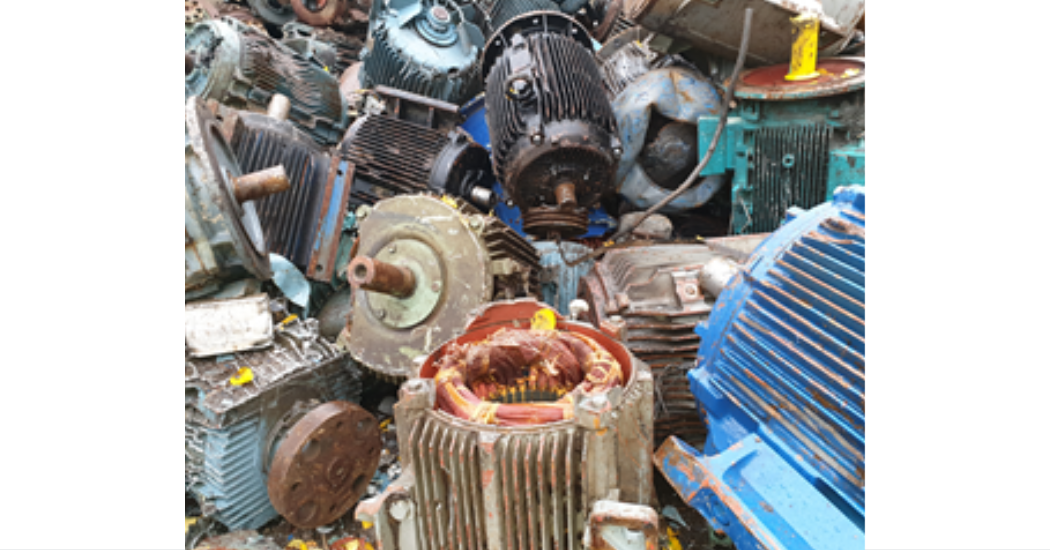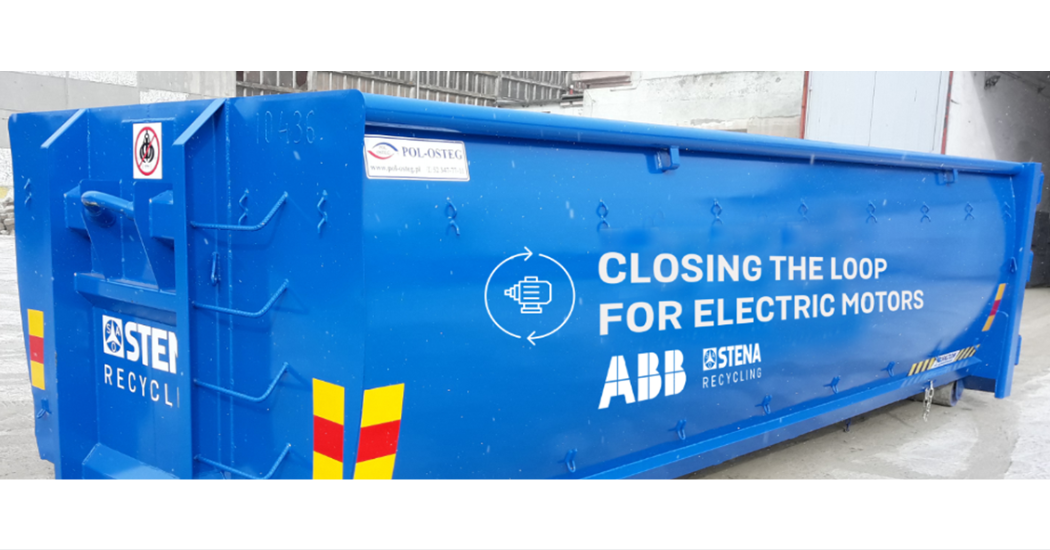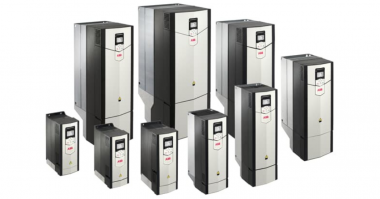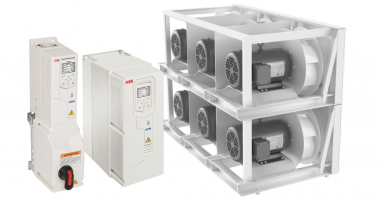Sustainability has become a familiar foundation to many company strategies, focusing on energy savings and minimizing environmental impact. A rising term in this movement is Circular Economy, or more simply, circularity. Circularity is a key component of a long-term sustainability strategy. While the idea of a circular economy has been around for years, sustainability challenges are rapidly increasing the demand for a circular focus. We simply cannot continue to advance as a global society with our historical, linear take-make-waste economy.
A circular economy is one where all aspects of a product’s life are planned to minimize dependence on raw materials and consumption of earth’s limited resources. This includes concepts such as designing waste out, extending equipment life, planned recovery at end of effective life and resource redeployment into more efficient and environmentally friendly solutions. It is circular, not linear.
The idea of circularity challenges manufacturers and end users to re-evaluate each stage of a products lifecycle to ensure that we aren’t simply moving a potential problem out of sight to meet our own sustainability goals. Circularity requires us to take responsibility for the entire life of the product- even after it leaves our facilities- until it is recovered for reuse in some way.
Why can’t we just focus on recycling? The answer is simple – Recycling starts at the end of the process, or useful life of a product. The goal of recycling is to make sure the product doesn’t end up in a landfill, or our waterways, etc. It’s a good start, but it’s not holistic. Circularity starts at the beginning- Asking questions such as How can I design waste out? How can I eliminate my dependence on raw materials? And, how can I ensure my product comes back to me when it is outside of its useful life?
Circularity means including the ideas of sustainability into every aspect of what we do. Before a product is manufactured or installed in an application, it must be designed to perform reliably and efficiently for an extended amount of time and to be recovered in a way that the materials can be effectively redeployed or re-used. Circularity demands that we design waste out with an emphasis on knowing what will happen to the product after its useful life, in addition to efficient performance during its active phase.
Modularity is one way this can be achieved. By identifying which components are the limiting gate factor on life, manufacturers should design pieces that can be efficiently interchanged to extend life of the equipment, such as replacing inefficient or damaged windings in electric motors and then easily ensuring recovery and repurposing the windings to something useful, not wasted. Designing with modularity in mind allows users to interchange components and effectively repurpose them to extend the efficient lifecycle of products and meet sustainability goals. In true circular fashion, these materials would be fully recovered for use in future, more efficient solutions, fueling progress toward net zero operation – zero carbon footprint; zero dependence on raw materials, and zero waste from outdated or expired products.
Digitalization and connectivity are also useful tools in an efficient circular strategy. Digitalization helps to monitor a product during its active life-ensuring that it operates efficiently, while communicating when it is time for replacement. The ability to trace a component in the transition of removal from active use to recovery enables users to ensure that the product is truly removed from use and recovered for reuse in a sustainable manner. For example, an inefficient motor replaced with a higher efficiency motor and drive package being reused in another country versus true recovery simply transfers the inefficient system somewhere else.
Many people do not realize that these obsolete technologies are often resold, under the premise of recycling, for redeployment in areas of the world where environmental concern is less than in many advanced countries. While the end user feels they are making the right investment to replace inefficient equipment and reduce their carbon footprint, they are often simply passing an outdated and inefficient “problem” on to someone else while doing little holistically for sustainability. Connectivity through digitalization enables end users and original equipment manufacturers to see a product through the entire cycle ensuring the above example doesn’t happen.

End users also have a responsibility to pick the right products for sustainable applications. Documentation shows that utilizing electric motors and variable speed drives are common practices to save energy and reduce operational impact on the environment. Digitalization also makes it possible to monitor motor performance transparently and remotely. For example, in a large building’s HVAC system, the resulting data can make it possible to optimize processes and realize significant efficiency gains and energy savings.
Finally, to be most effective, a circular approach must reach throughout the value chain. This means we must consider relationships and awareness that we haven’t in the past, including everyone from source supply, equipment providers, end users and recovery partners. How do we create partnerships throughout the value chain to ensure that all members act in driving sustainability and recovery as opposed to take-make-waste? It’s easy to focus on one’s own organization, but we must take responsibility to ensure that those before and after us in the value chain have the circular economy rooted in their organization fabric. Reevaluating how we each participate in this chain will be critical to enabling and maintaining a circular economy. Digital tracing throughout the value chain by the equipment manufacturer is key.
As the environmental and economic impacts of obsolete technologies have grown, the advantages of embracing new and improved ways to operate is clear. First and foremost, we must take responsibility for updating our facilities with more efficient technologies. Second, we need to take responsibility to ensure those products aren’t redeployed as is- simply passing the buck with little long-term impact on sustainability. And third, equipment manufacturers and end users must partner with organizations who understand the long term benefits of moving toward a circular approach where we all reduce our waste footprint and work to minimize our dependence on raw materials.
Will regulation drive this movement in the future? There clearly is an increasing focus on efficiency and environmental legislation through much of the world. However, thought leaders across industry and in the commercial sector see the opportunity to drive meaningful change ahead of regulation by operating more efficiently, reducing their carbon footprint, and eliminating dependence on limited natural resources as key components of their sustainability agendas. They see the need to make changes from limited life, resource dependent and environmentally unfriendly and unsustainable practices of the past to a more sustainable future now, with or without regulation. Imbedding circularity principles into our businesses now is not only the right thing to do, it is necessary to sustain our planet for the next generations.
The faster we can make this happen, the more we all stand to benefit.
The author, H.J. Dewes will be a speaker at Sustainability Summit on February 14.





Comments